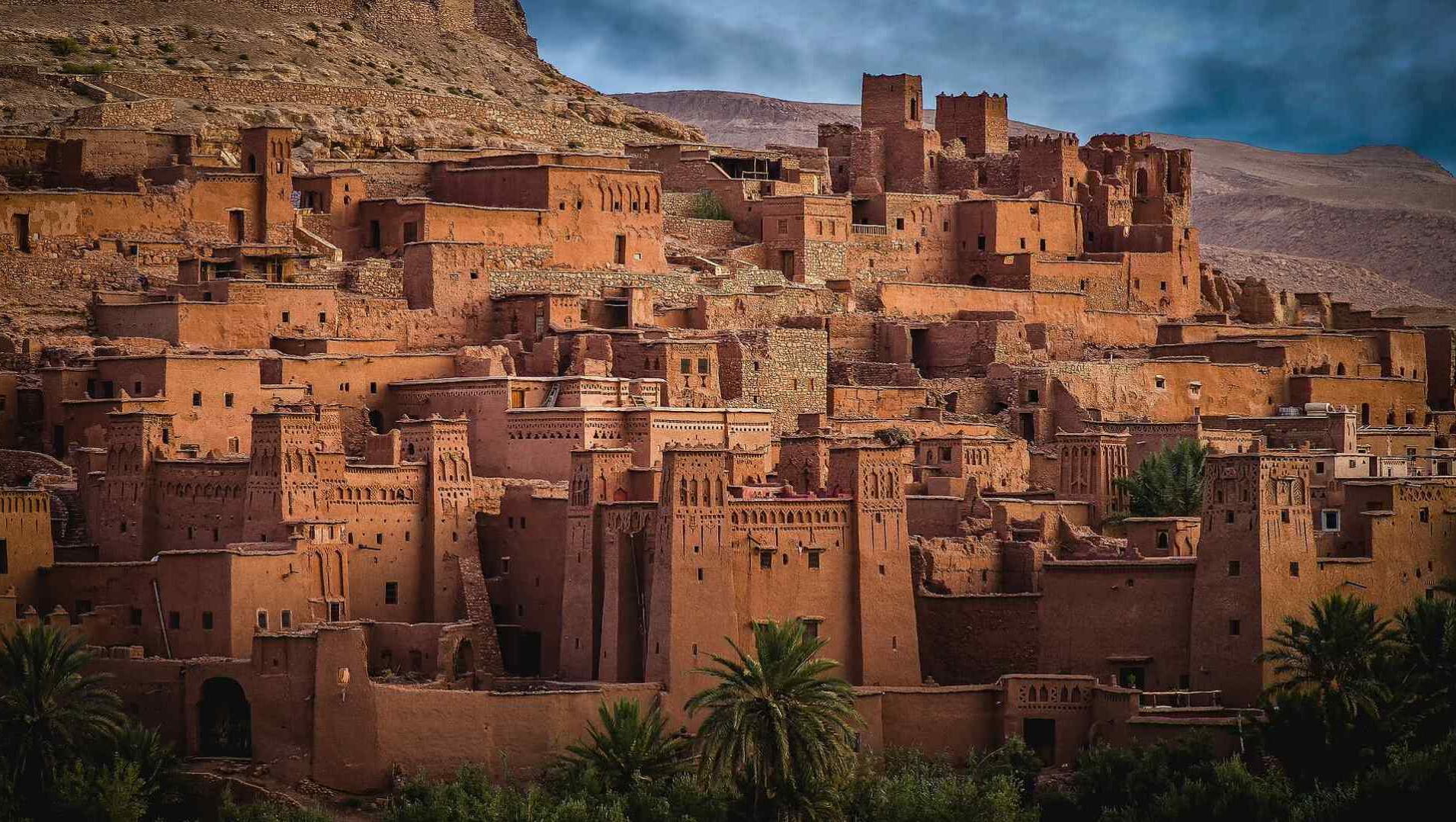
Perched on the edge of North Africa, Morocco occupies a fascinating place in the geography of the world: only 9 miles of ocean separate Morocco from Europe but it is firmly rooted in the traditions and history of the Islamic world. Being at a geographical crossroads has allowed Morocco to absorb myriad influences, creating a vibrant culture that reflects its rich historical heritage.
Deep Into Morocco
Special Experiences
Dreaming of a night under the stars in the Sahara, complete with opulent tents and a traditional meal cooked over an open fire, served to the haunting sounds of live traditional Berber music? Travel deep into the Moroccan desert for stargazing under African skies.
The keystone arch, carved cedar and intricate tile work reflect the artisanal traditions rooted in Moroccan tradition. Your private guide will lead you through the critical elements of medina architecture and the importance of color and materials.
Arrive in Marrakesh and transfer south into the foothills of the High Atlas to check into a deluxe retreat, the Kasbah Tamadot. Two days of hiking with a local mountain guide. Trek up to the pass of Tizi ‘n’ Mzig, descend through forests and along open country on ancient Berber pathways.
Chefchaouen for shopping and photography. Over two hours from Tangier and over three hours from Fez, Chefchaouen isn’t the easiest Moroccan city to get to but well worth the trip for photographers.
Explore the endless souks of Marrakech. Each trade and specialty clusters together over alleyways and squares. The colorful spice souks lead down the narrow paths with metalworkers clanging away.
Enjoy a private surf lesson in Taghazoute, widely considered to have the finest waves in North Africa, or try stand-up paddleboarding in the more gentle waters of Essaouira or Dakhla.
Ride a camel to a Saharan desert oasis, where a gourmet picnic lunch in a Berber tent on the edge of the Desert d’Agafay awaits your arrival, and soft cushions and vintage rugs invite you to rest tired legs.
We suggest you spend at least a few nights in a riad because it offers a more authentic experience that a hotel simply cannot match. The word riad can be used to describe anything from a traditional Moroccan home to a palace and can be located in the city or the desert; though the level of opulence can vary greatly, all of them generally have an interior courtyard and garden.
Learn about the cuisine of Morocco with a private cooking lesson, in which a professional chef guides guests in a hands-on lesson. In a small village near Marrakech, learn the craft of Moroccan cooking adjacent to an organic garden. Get the finer points of preparing spicy carrots and while your tagine is cooking on the fire, stroll to a nearby village for tea.
Cities
The former capital, built by the Almoravide dynasty in the 11th century, has attracted global travellers across centuries, from caravans on the Gold Route to famous fashion designers. The museums of Marrakech are a fascinating starting point for learning about Moroccan history as well as the contemporary art scene.
The largest and most famous city in Morocco, Casablanca is like an open-air museum where a variety of avant-garde urban movements are on display, assembled as a unique patchwork. Cosmopolitan Casablanca has roots dating to the Roman settlement of Anfa. The port became a key trading post for the Sultan in the 18th Century.
The highlight of Fes is the sprawling medina, Fes El Bali, which is in the oldest walled part of the city and a throbbing commercial center unlike any you have likely seen before. Narrow alleys create a crowded labyrinthine warren of stalls that overflow with spices, olives, rugs and leatherwork. See the stunning architecture of the Royal Palace and enjoy the unhurried pace.
